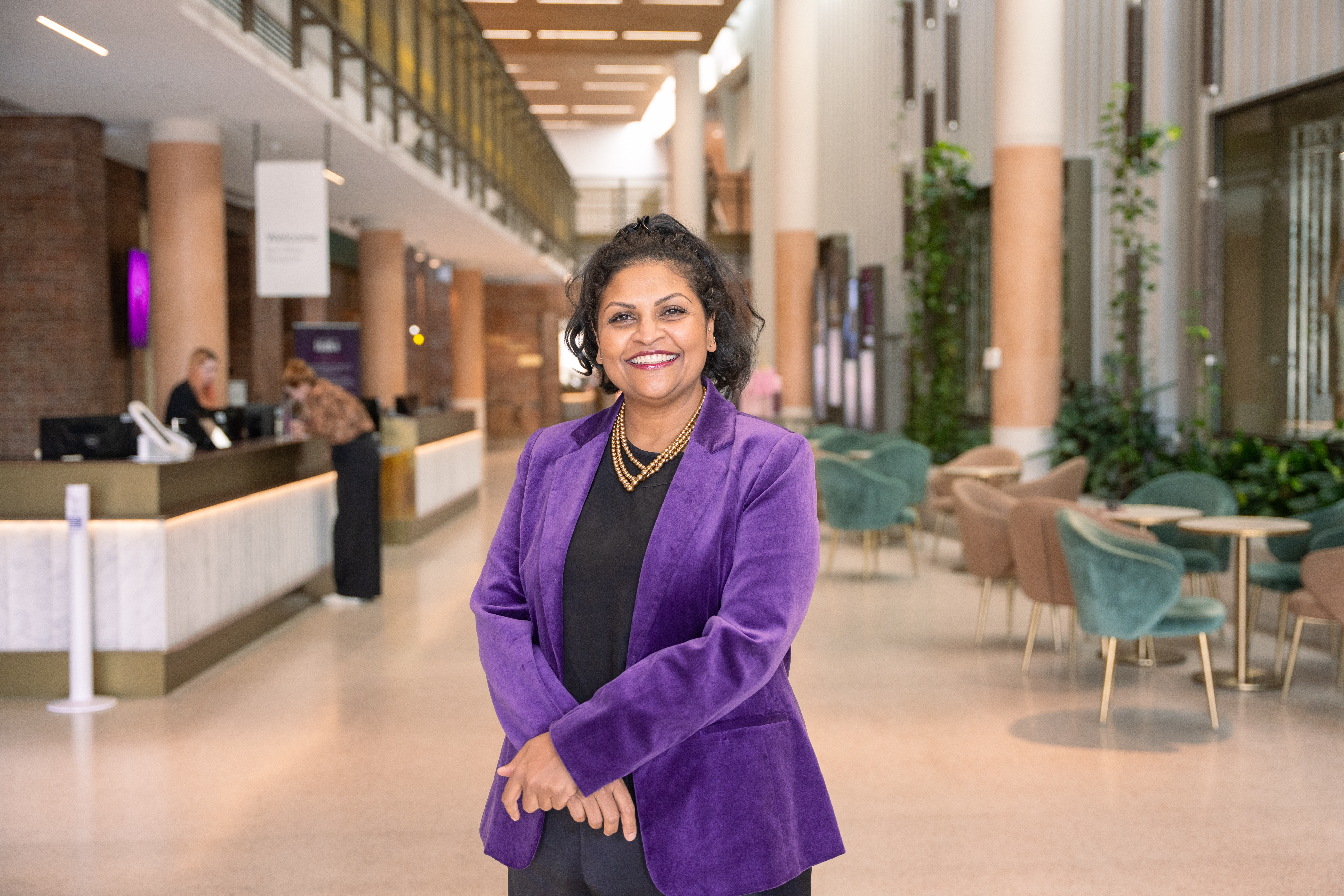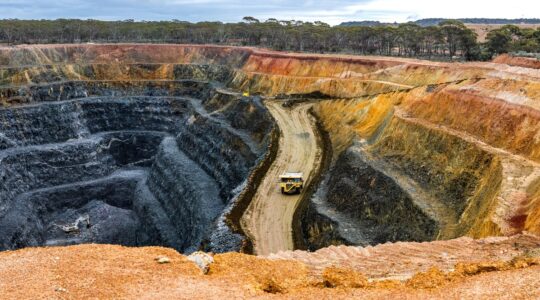Queensland Ballet is looking to apply its renowned creativity to the business side of arts as it seeks more corporate and philanthropic support to maintain its international standards.
Executive Director Dilshani Weerasinghe also wants the ballet company to be integral to enriching the lives of Queenslanders and to avoid becoming elitist.
Ms Weerasinghe has examined creative ways to modernise, increase the organisation’s financial base, and create efficient systems.
The not-for-profit launched an endowment fund last year which has gained $30 million in pledges that will be invested to generate annual revenue to underpin the Company’s varied endeavour.
There are plans to grow the fund to $100 million and it is off to a great start, but the lack of Federal funding parity means Queensland Ballet needs to keep its focus on keeping expenses under control and diversifying its revenue mix.
There are five large dance companies in Australia, with Queensland being the second largest, yet it receives the least Federal Government funding.
Last week’s Federal Budget did nothing to address that anomaly.
“We want to keep our ballets accessible, which means we don’t want to charge a lot more for tickets otherwise we become elitist. Ballet is a gift for everyone to enjoy so we are driven to make sure all are welcome,” Ms Weerasinghe says.
Only 15 percent of funding for the not-for-profit comes from Government sources. The rest is self-generated through philanthropy, corporate partnerships, box-office income, enrolment fees, venue hire and Van Norton Li Community Health Institute programs.
The Queensland Ballet Academy (QBA) receives no funding from the Federal Government, despite the Office of the Arts funding similar elite training organisations in NSW and Victoria.
The overall operating grant from the Federal Government, received through Creative Australia, which funds 37 peer organisations around the country, sits at $848,000 in 2024, 2.7 per cent of annual operating expenditure and well under the amounts received by like-companies around the country.
State Government support makes up 12 per cent of Queensland Ballet’s annual operating revenue and, over the years, there has been generous support of the Queensland Ballet Academy at Kelvin Grove and then the Thomas Dixon Centre (TDC) redevelopment, hand-in-hand with donors and corporate partners.
“Over the past 12 years, we’ve undergone significant transformation and growth which cannot be sustained unless our revenue mix diversifies,” Ms Weerasinghe says.
“We have a wonderful family of donors and corporate partners but as our bottom line grows with the inevitable inflation in the business of ballet, there’s only so much we can keep doing in that space. There’s only so much we can ask of our visionary donors.
“So we really need our endowment to work hard for us, to underpin the significant transformation that’s taken place over the past few years not only to honour Li’s (Cunxin) legacy but also the contributions of the four Artistic Directors before him.”
Queensland Ballet’s annual turnover has increased from $8.7 million in 2012 to $28.2 million in 2022 with growth in the past 12 years including:
- double the number of dancers to 48;
- the introduction of the Jette Parker Young Artists Program which offers annual apprenticeships to 12 dancers;
- increased employment from 151 staff to more than 280 including artists, arts workers (including full-time, part-time, and casual workers);
- redevelopment of the Thomas Dixon Centre into a world-class home for the Queensland Ballet, second home to the Academy, and a cultural hub and destination for people of all ages and abilities;
- construction of a world-class ballet Academy in its dedicated home at Kelvin Grove State College;
- establishment of the Van Norton Li Community Health Institute; programs have seen increased participation from 12,153 in 2012 to more than 50,000 people in 2023;
- the foundation for a world-class production facility, the Roy and Nola Thompson Production Annex, West End.
Ms Weerasinghe says a possible innovation for financial sustainability could lean towards Queensland’s arts organisations collaborating to share back-end systems which would make their business endeavours more efficient.
“As examples, the Ballet, Orchestra, Opera and Theatre could share a finance system, a CRM system, a HR system, and potentially associated teams” she says.
“Even though you’d have one shared back-end and shared skills, you would still have your own Artistic Director, so you’ve got your own identity and flavour.
“Far from losing jobs as a result of shared service, it could mean we’d be sustaining jobs because we’d provide efficient and effective support and systems across the partners which should see financial savings and gains.
“You might also be able to retain much-needed talent because portfolios such as Finance, HR and IT would be more substantial and far-reaching, and therefore potentially better compensated.
The skills needed behind-the-scenes are often under-estimated in the arts and we need to think about how to attract, nurture and retain these talents as well. Shared service is an attractive concept to workshop. We’d all be stronger together.”
To make a donation, contact the Queensland Ballet Foundation Team on 07 3013 6660 or for more information email foundation@queenslandballet.com.au








